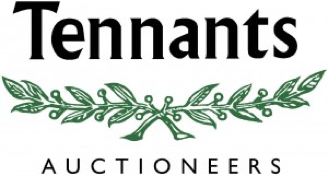Sorry, the page you were looking for cannot be found.
Page Not Found
Next Sale

Fine Wine & Whisky
23rd April 2025, 10:30
View Sale
Plan Your Visit
Visit us
Plan your visit to our Leyburn Head Office and Salerooms, or our Harrogate and London Offices
Find out more
Valuations
Need an Online Valuation?
Get your antiques and collectables valued by our team of specialists.
Find out more






